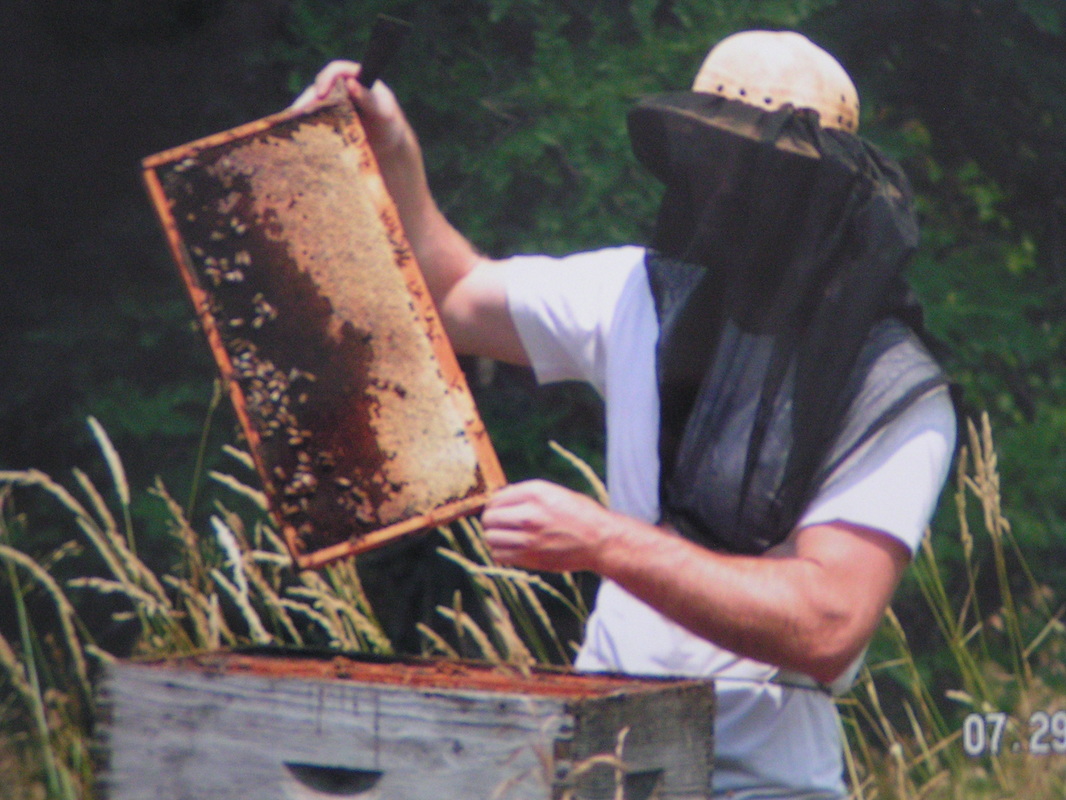A recent New York Times article about the alarming decline of bees discussed all of those. But Spivak, a professor in entomology and director of the Bee Lab at the University of Minnesota, homes in on a broader problem: a lack of flowers.
'We really have a flowerless landscape out there, and bees need flowers for good nutrition,' Spivak said Monday on The Daily Circuit. 'If bees have good nutrition, and a lot of pollen and protein coming in and nectar coming in, they're better able to fight off these diseases. And it helps them detoxify some of the pesticides. We really need bee-friendly flowers out there, everywhere.'
"A caller from St. Cloud said she was planning her garden for this year, and asked what seeds she could plant to help the bees in her area. 'Go with the native perennials,' Spivak advised. 'All of those native plants that flower are great for bees.' She listed some by common name:
•Prairie clover.
•Mountain mint.
•Bee balm.
•Milkweeds.
•Late season asters and goldenrods.
Milkweed is also good for monarch butterflies, Spivak said. And 'Honeybees really like clover and alfalfa and buckwheat,' so people with enough land to plant should consider those."
With hives in sharp decline, expert calls for bee-friendly flowers
from: minnesota.publicradio.org

 RSS Feed
RSS Feed
